What is Peak Shaving & Load Shifting?⚡Differences Explained
Explore the differences between peak shaving and load shifting and how it can maximise solar & battery, reduce your bills and grid reliance in Australia.
Read more
Tesla Powerwall 3 Rebate Now Available - Combine with Federal Subsidy Today
Posted 3 Mar
As Australia continues to achieve its NetZero goals, electric vehicle adoption rises rapidly as Australians take advantage of cheaper transportation. Businesses all over the Newcastle and Hunter have considered switching to electric car fleets, but what is the best way to charge them?
Discover if investing in dedicated workplace charging stations or relying on public electric vehicle charging is best for your business and keeping your electric fleet on the road.
Overall, your business should consider elements like required charging speed, durations, availability and budget requirements on deciding whether workplace or public EV charging is best.
For most businesses, a combination of dedicated workplace chargers and using public EV charging stations can work, depending on the industry you're in.
If you're managing larger EV fleets, there are positives and negatives to both sides, so let's get to the heart of it.
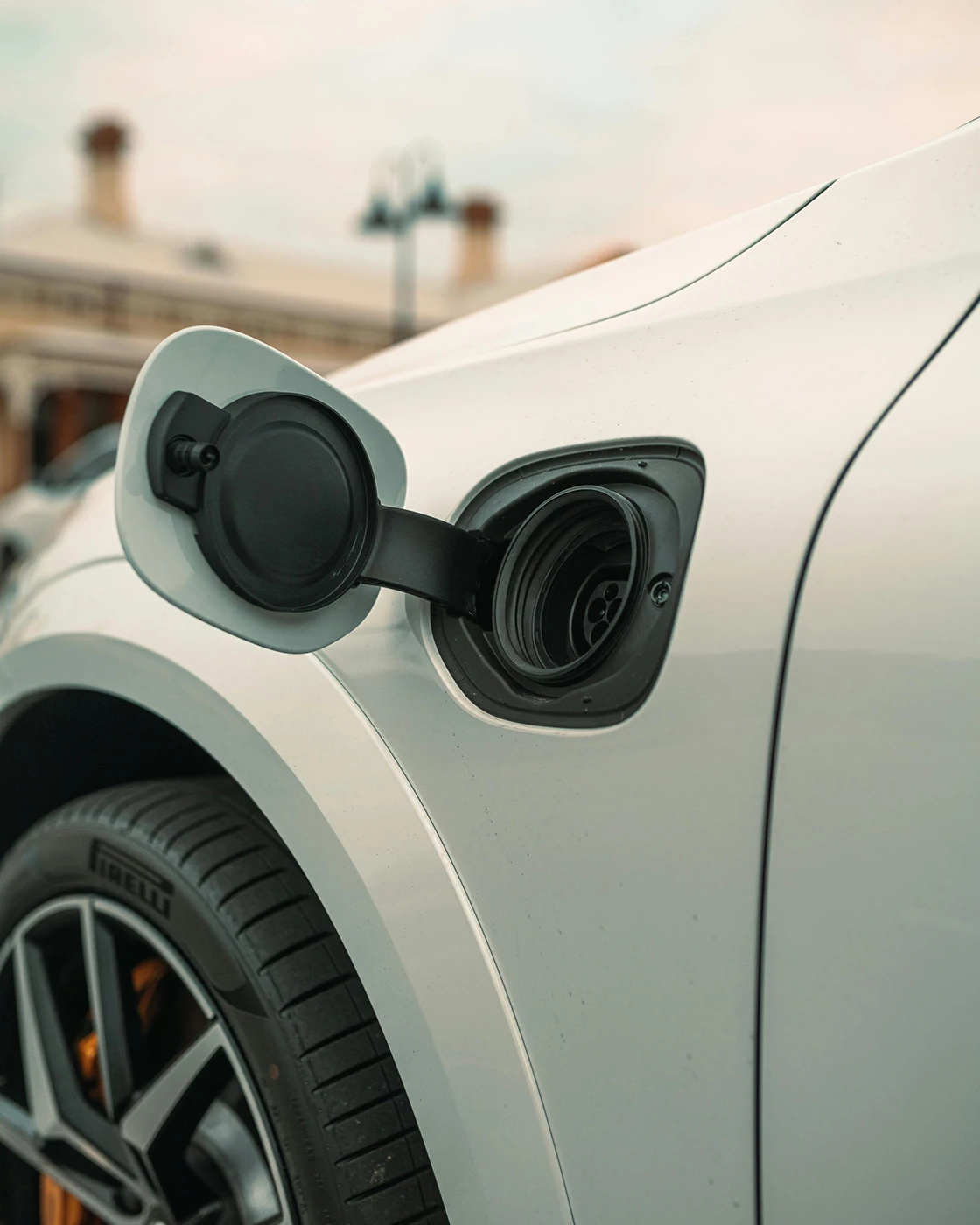
Matt Connor on Pexels.
A workplace fleet EV charging arrangement can range from an individual to multiple chargers, to standard, fast-charging, and ultra-fast charging on a commercial premises. These are typically designed to keep business-owned electric vehicle fleets charged.
Another option for businesses, is the less common strategy of installing home EV chargers for employees to allow for convenient charging right at home 24/7. This not only confirms availability but can also be cheaper than public charging with off-peak and solar charging.
A public charging station, whether it be one or many chargers, is a station that is accessible to the public to charge their electric vehicles. This can range in price to use and can achieve your basic fleet charging needs depending on your setup.
| |
Workplace Charging |
Public Charging |
| Initial Costs |
Higher investment into chargers and electrical infrastructure. |
No initial installation cost involved. |
| Charging Costs |
Cost of charging is more predictable and generally cheaper, especially with solar. |
Higher costs, particularly fast and ultra-fast charging. |
| Accessibility |
Limited to business locations. But is also more readily available. |
Broader accessibility with a larger charging network, but more limited availability. |
| Maintenance |
Requires ongoing charger and electrical maintenance. |
No maintenance required as the provider is responsible. |
| Sustainability |
Can be integrated with solar for renewable charging. |
Reliant on a mix of energy sources, sometimes renewable. |
| Features |
Offers flexible charging options for various speeds and quantities. Scalable for future growth. Can provide insight into charging and energy consumption. Charge off solar energy to further reduce operational costs. |
Strong network of available charging. Offers charging speeds up to ultra-fast charging. |
| Convenience |
Convenient for employees to charge EVs whilst at work. |
Less convenient, especially for high traffic charging stations with higher wait times. |
| Monitoring |
Great fleet management to ensure accurate and accessible monitoring and cost insights. |
Limited monitoring and tracking capabilities to track charging rates and costs. |
One of the great things about fleet EV charging is the ability to pick
from a range of charger speeds and types to better suit your property’s charging requirements.
By investing in business-owned fleet charging, you enable ultimate control over availability, accessibility, scheduling, sustainability,
and efficiency.
For energy-aware businesses, being able to keep all business-related electric vehicles topped up with solar and off-peak electricity is perfect for convenience and cost savings compared to traditional transportation.
|
Positives |
Negatives |
|
24/7 Accessibility |
More expensive to install your own chargers |
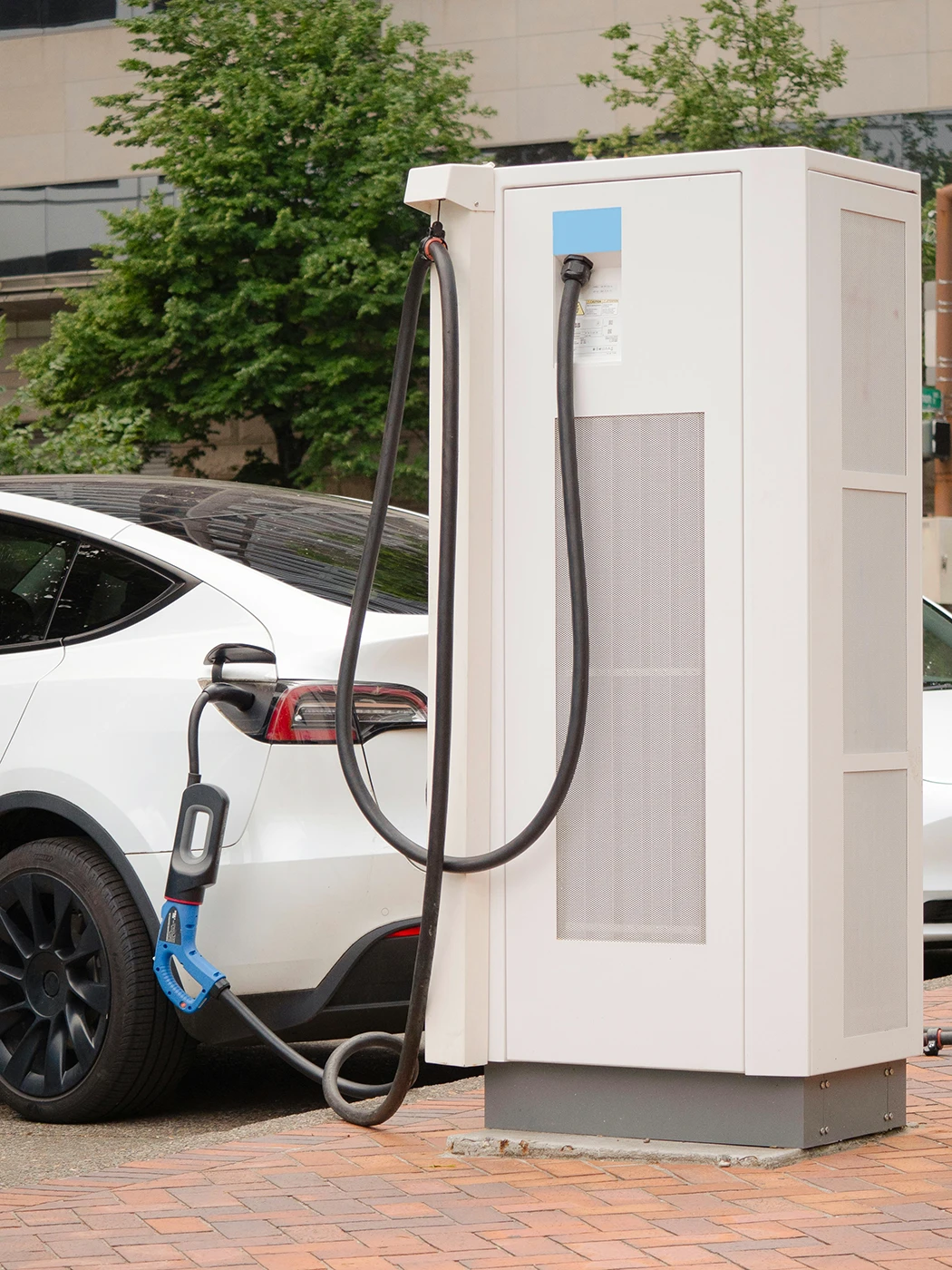
Dean Fugate on Pexels.
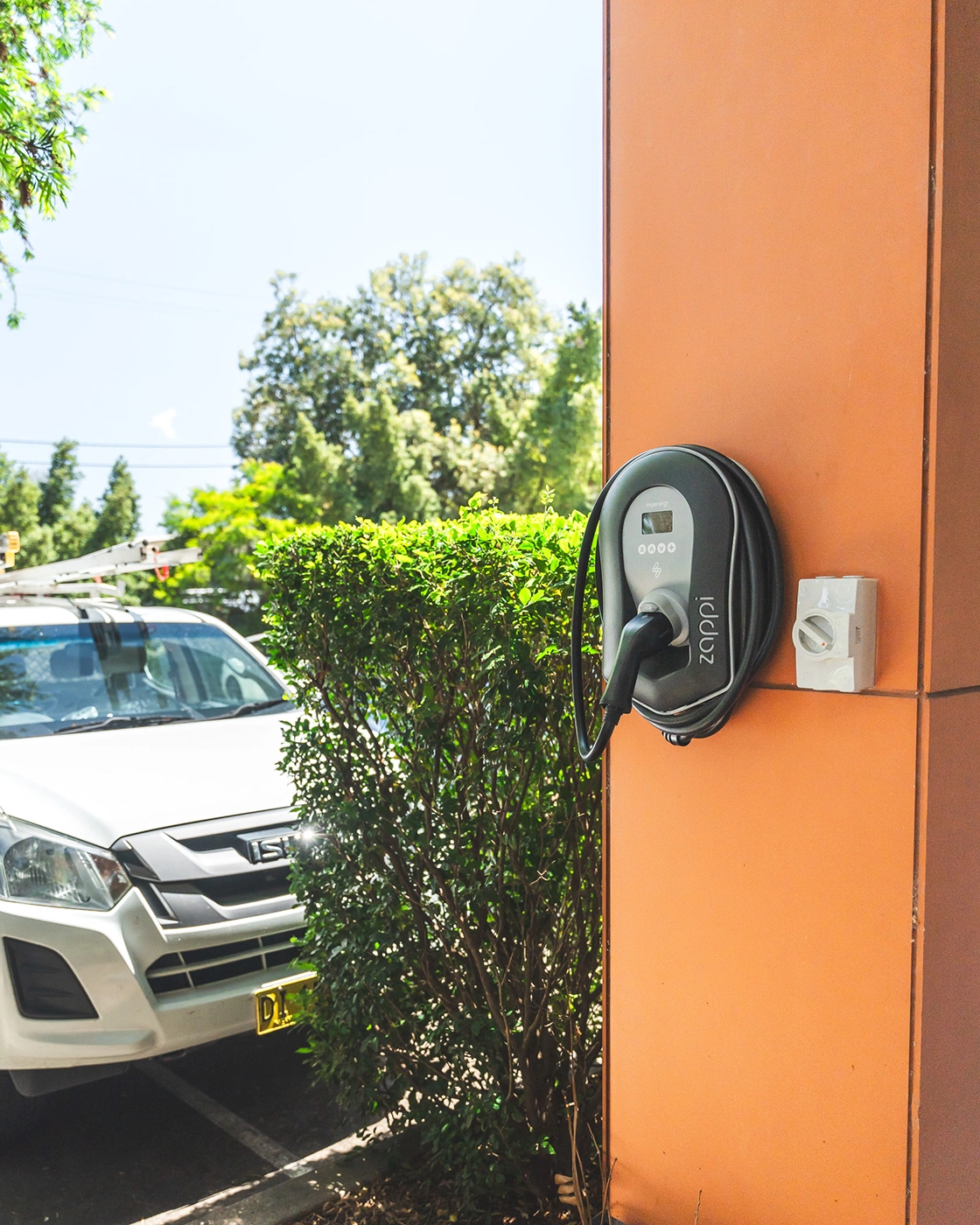
Elite Power Group Zappi Installation in NSW.
Compared to dedicated workplace EV chargers, choosing public EV charging is a cheaper short-term alternative, as it eliminates the initial investment of installing on-site fleet EV chargers which can be expensive to install (depending on the requirements).
Because public EV chargers are well, public, accessibility may become an issue at some point. However, most public EV charging
stations are high-powered DC superchargers/fast chargers that can top your EV up relatively quickly.
|
Positives |
Negatives |
|
No installation costs Wide charger accessibility with a large network No maintenance |
More expensive to charge your EVs Limited or No fleet management and cost tracking Longer wait times Reduced Availability |
If choosing public charging or workplace charging doesn't sound like the answer for you, you can also opt to install 7-22kW EV chargers to your employee homes.
Whilst depending fully on public chargers can work for some businesses, having a reliable and accessible home charger installed for your employees can be a great idea, especially if they are at home overnight.
The cost of installing residential EV chargers like a Zappi or Tesla Wall Connector can be significantly less than the cost of commercial DC fast charger installations on commercial properties, which also increases accessibility and convenience for your employees by being able to charge right at home.
|
Positives |
Negatives |
|
Ultimate Convenience and Flexibility More Affordable Fleet Charging No Wait Times Potential EV Incentive |
Harder to track reimbursement and billing Increased Home Energy Costs Reduced Scheduled Charge Times Charging speeds typically max out at 22kW |
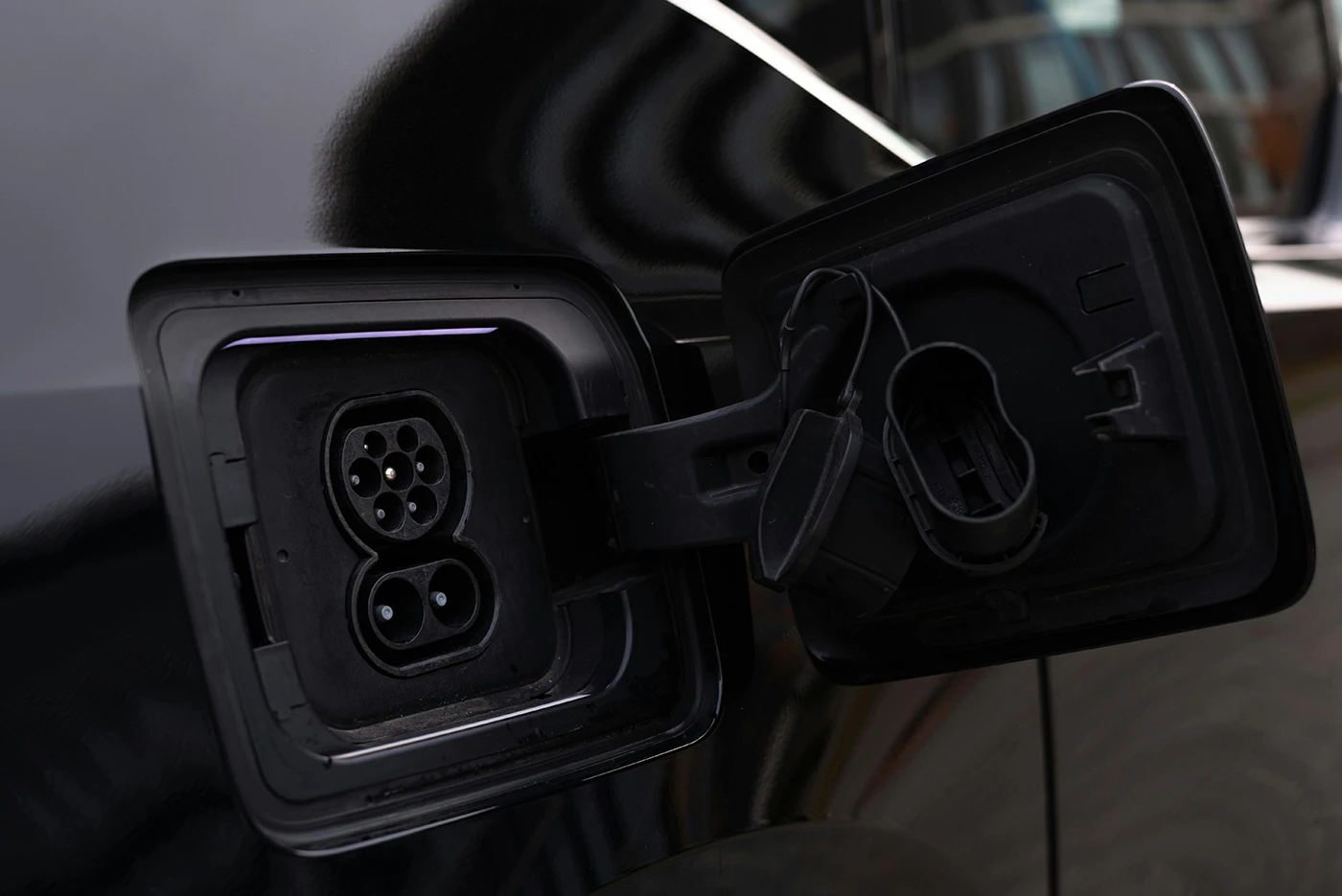
Vitali Adutskevich on Pexels.
Below is the updated table to outline the positives for home fleet EV charging compared to workplace and public charging.
| |
Fleet Charging |
Home Fleet Charging |
Public Charging |
| Initial Costs |
Higher investment into chargers and electrical infrastructure. |
Lower initial cost for simpler installations for suitable homes. |
No initial cost involved. |
| Charging Costs |
Cost of charging is more predictable and generally cheaper, especially with solar. |
Reduced charging costs when charging off-peak or with solar. |
Higher costs, particularly fast and ultra-fast charging. |
| Accessibility |
Limited to business locations. But is also more readily available. |
Convenient for employees with home charging for suitable homes. |
Broader accessibility with a larger charging network, but more limited availability. |
| Maintenance |
Requires ongoing charger and electrical maintenance. |
Minimal maintenance required. |
No maintenance required as the provider is responsible. |
| Sustainability |
Can be integrated with solar for renewable charging. |
Can take advantage of solar charging, providing the home has solar. |
Reliant on a mix of energy sources, sometimes renewable. |
| Features |
Offers flexible charging options for various speeds and quantities. Scalable for future growth. Can provide insight into charging and energy consumption. Charge off solar energy to further reduce operational costs. |
Convenient charging with various charger options available. Can also be powered by solar to help reduce refuelling costs. |
Strong network of available charging. Offers charging speeds up to ultra-fast charging. |
| Convenience |
Convenient for employees to charge EVs whilst at work. |
Very convenient, charging right from home. |
Less convenient, especially for high traffic charging stations with higher wait times. |
| Monitoring |
Great fleet management to ensure accurate and accessible monitoring and cost insights. |
Limited monitoring capabilities from a business standpoint. |
Limited monitoring and tracking capabilities to track charging rates and costs. |
Electric vehicles serve as an opportunity for businesses to save on operational costs in everyday life. Electric vehicles themselves are cheaper to run and maintain than their petrol predecessors, and is likely to save NSW fleet drivers around $3,100 per year on average by switching to an EV according to the NSW Government.
Combine your electric vehicle savings, charging these vehicles yourself allows you to maximise your energy and independence. Imaging having your own controlled fuel station in your parking lot. Businesses who also invest in solar can charge their electric vehicles with free electricity and offset charging costs, further increasing savings.
The NSW Government is helping fund businesses in fast-tracking their transition to electric vehicle fleets. From the 12th November 2024 to 10th June 2025, the Federal Government is allowing for an increased kick-start funding of $13 million for up to 15 EVs and optional smart chargers.
Imagine a situation where you can charge your commercial EV fleet, but also open up your charger to the public for a paid charging solution.
Using reputable commercial chargers like Ocular & Sungrow, businesses can set usage fees and provide a hassle-free revenue stream which can help quicken your return-on-investment.
You also gain the ability to join a network of public chargers which can attract potential customers. This would be an ideal option for cafés as the charging would generate additional income but also encourage the EV owner to get a coffee whilst they wait for their EV to charge.
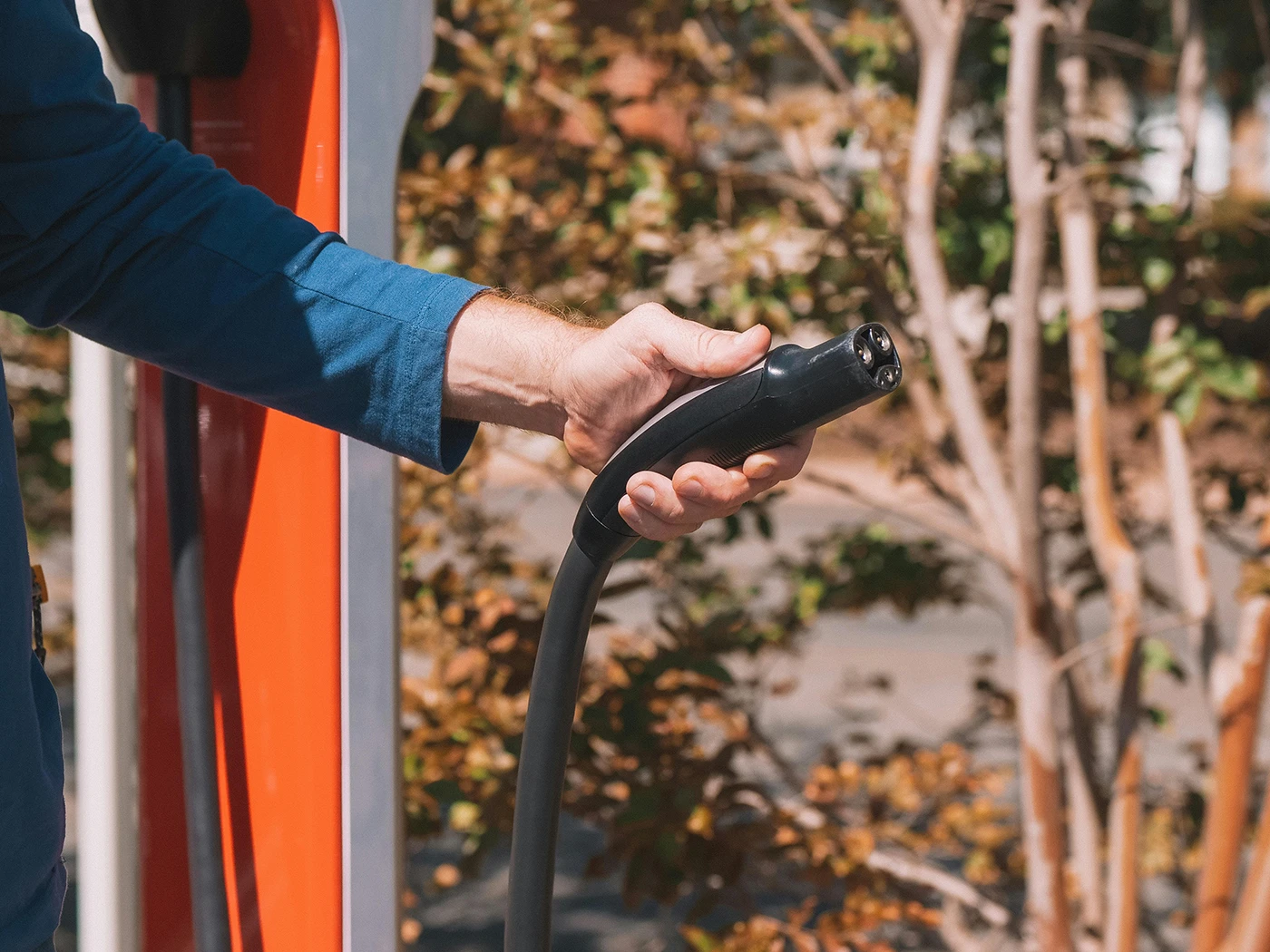
Kindel Media on Pexels.
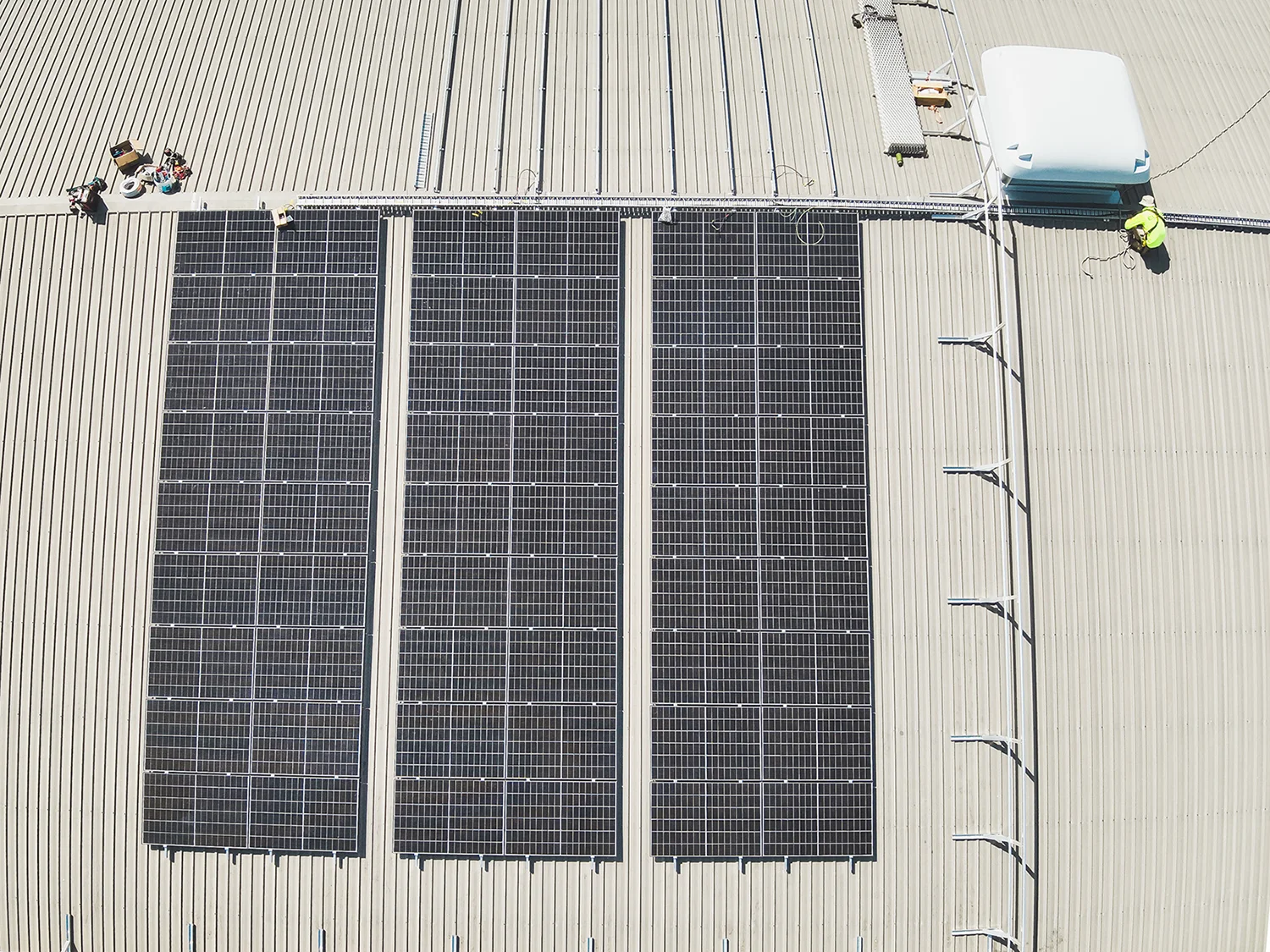
Elite Power Group Commercial Solar Installation
Businesses that have a solar system installed have the ability to take advantage of excess solar energy which can be used to charge electric vehicles virtually for free.
When office or other commercial buildings produce more solar energy than they consume in daily usage, a lot of solar energy is fed back into the grid for limited returns. With solar EV charging, these electric vehicles can act like as a sponge absorbing all that solar goodness and essentially refuel for highly discounted costs!
The NSW Government have announced funding for businesses that are interested in investigating a few electric vehicles or smaller fleets with eligibility expanding to up to 15 EVs (and optional smart chargers) and individual truck operators.
This fixed incentive amount per vehicle is valid from now to the 10th June 2025, and acts as a ‘first come, first served’ basis.
The incentive is eligible for new passenger vehicles (PVs) and sports utility vehicles (SUVs) with a price cap of $89,332, light commercial vehicles (LCVs) up to 4.5 tonnes, and light duty trucks up to 4.5 tonnes.
In addition to funding electric vehicle fleets, the NSW Government is also incentivising smart charging equipment at their organisation premises or at their employees’ homes. This includes one charging port per BEV, and a dual-port charger for 2 BEVs.
Fleet Managers must select chargers or software from the approved list which has been created by the NSW Government and Electric Vehicle Council.
For successful participants of the kick-start funding, Fleet Managers can get $1,200 subsidies for PV, SUV, and LCV (up to 4.5 tonnes) smart chargers per charging port, and $3,000 for light trucks (up to 4.5 tonnes).
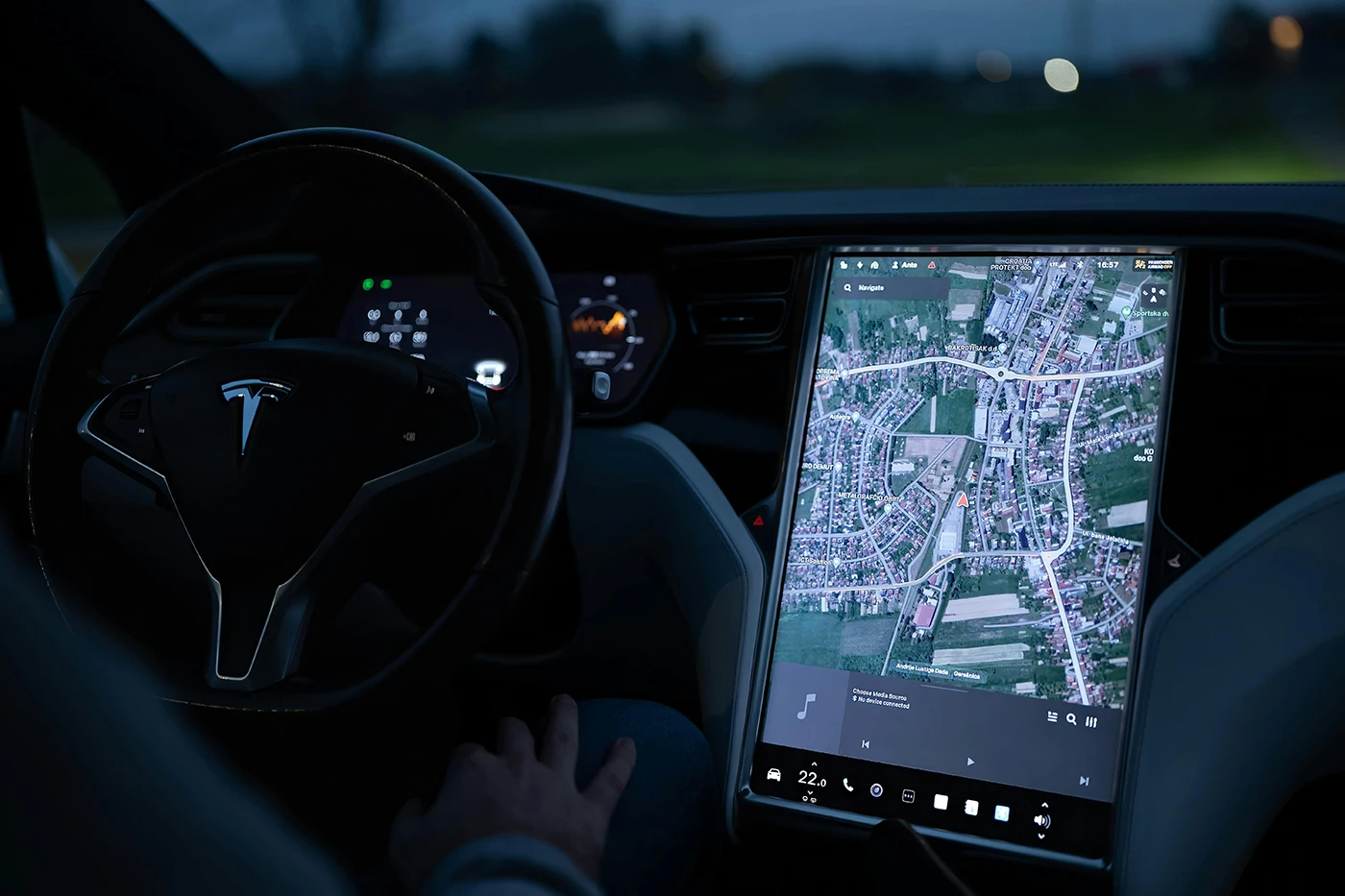
Vladimir Srajber on Pexels.
Electric vehicle charging, whether it be for public access or designed to power your fleet, can be a strong tool in reducing business expenses and improving sustainability and branding.
We specialise in fleet electric vehicle charging across the Newcastle, Maitland, and Hunter region, providing businesses with expert
consultation, design, and installation of all types of electric vehicle charging infrastructure and charging solutions.
Government
Fleet EV Charging Incentive
Electric Vehicle Grant – Round 3
Explore the differences between peak shaving and load shifting and how it can maximise solar & battery, reduce your bills and grid reliance in Australia.
Explore the difference between solar inverter types like grid-tied, hybrid, microinverters, and off-grid inverters for solar and battery systems in Australia.
Explore Australia's first CEC-approved bidirectional and vehicle-to-grid capable electric vehicle, the V2Grid Numbat, a 6.2kW V2G/H charger now ready.
Explore how battery nominal & useable energy capacity is different to power output, and learn about state of charge, depth of discharge, and cycles.
Explore the differences between AC and DC electric vehicle charging in Australia and how it affects the way you charge your EV, and the pros & cons.
Considering a cheap solar system? Learn how low-quality, unreliable inverters and panels can lead to costly repairs, full replacements, and safety issues.
Renewable News Articles
Not only are we specialists in solar power, but we pride ourselves in being leading installers in battery
storage, as well as EV charging for homes and businesses. For solar and battery systems, we offer both on and off-grid solutions for a
range of applications.
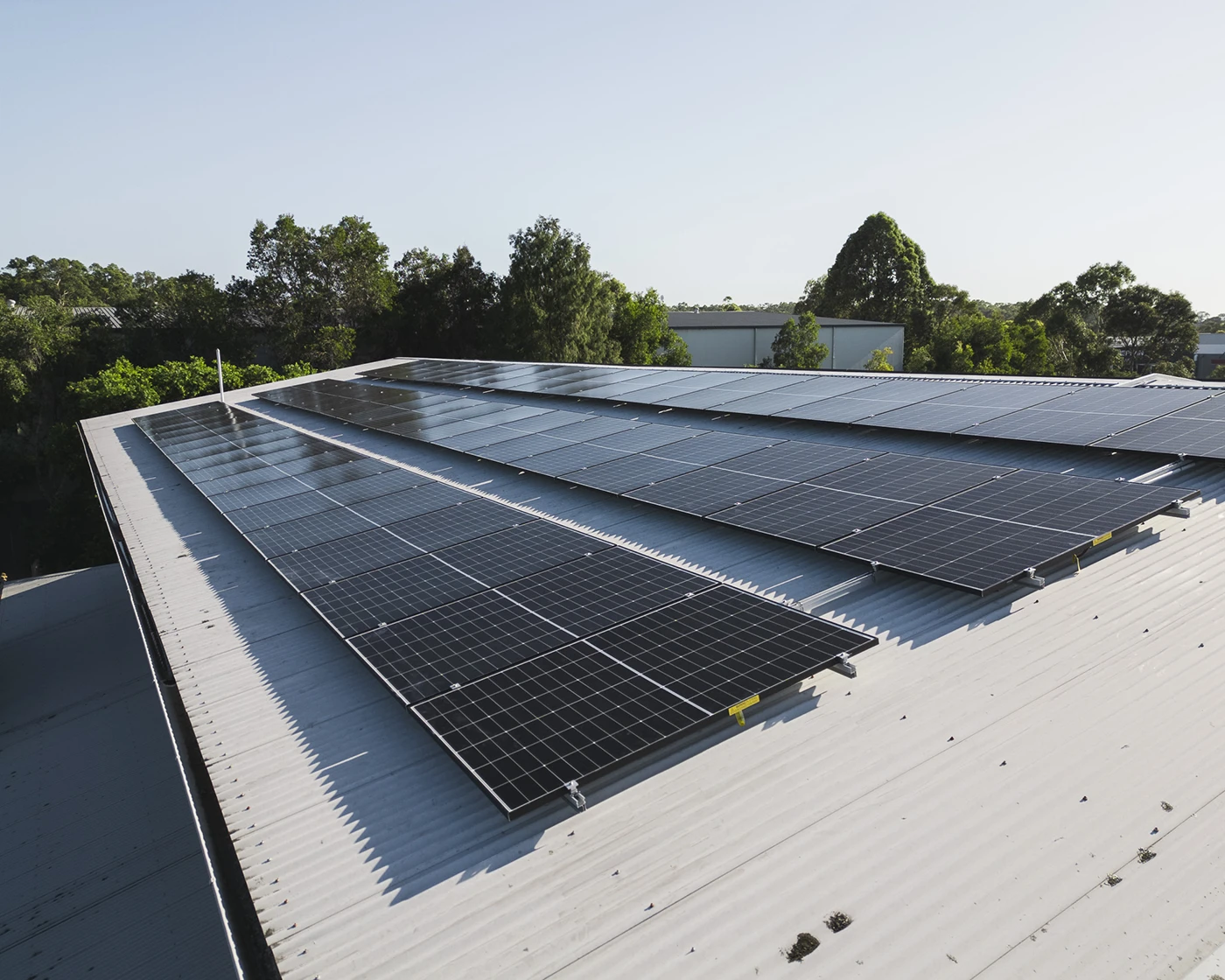
Newcastle's leading solar installers, providing long-lasting residential and commercial rooftop solar systems.
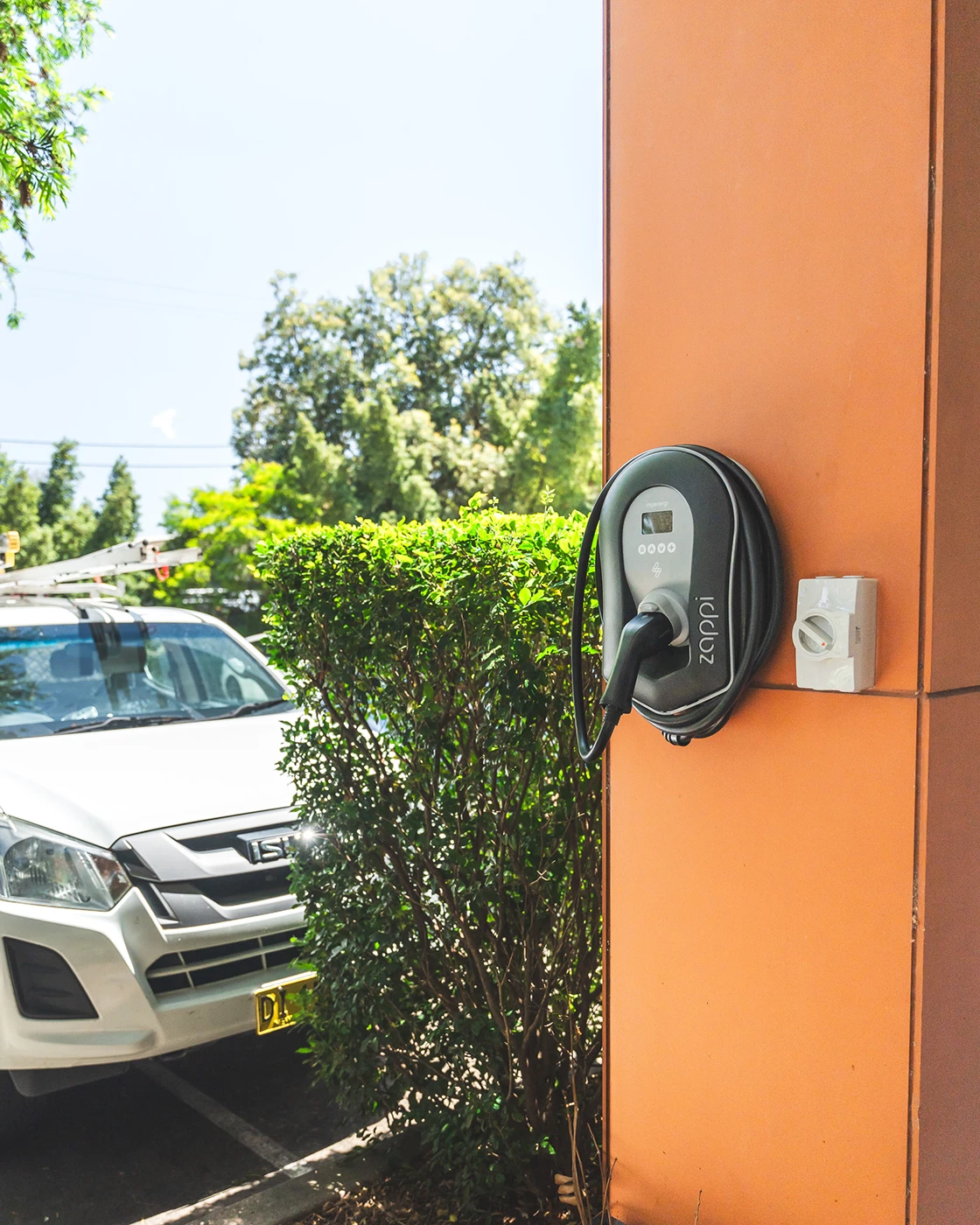
Experts in both residential and commercial electric vehicle charging station installations from 7kW - 360kW+.
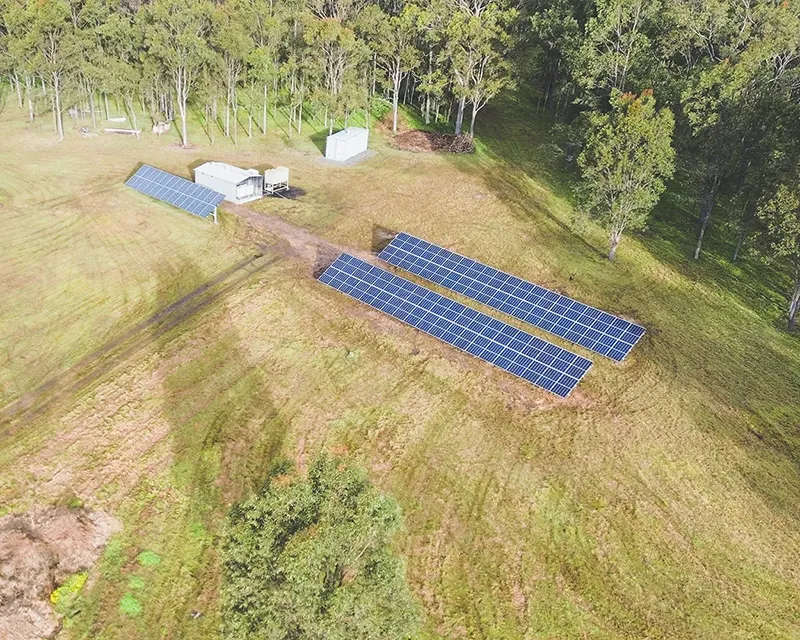
Specialists in off-grid solar and battery, helping properties never have to pay another electricity bill again.

With decades of electrical and industry experience, our fully-qualified & licensed electricians are here to help.

Maximise your solar generation with battery storage from reputable brands to accelerate return-on-investment.
Leave a Comment